In a groundbreaking study that reads like a page from a forensic detective novel, scientists have unraveled a 3,000-year-old murder mystery using ancient proteins preserved in a clump of human hair. The research, published in the journal Nature Scientific Reports, demonstrates how cutting-edge paleoproteomics can reconstruct violent events from the distant past with startling precision.
The story begins in 1980, when Danish archaeologists excavated a Bronze Age burial site near the village of Andst. Among the well-preserved remains of a man in his late 20s, they discovered an unusual artifact—a matted lock of hair still attached to a fractured skull. For decades, the specimen sat in museum storage, its secrets locked away until modern technology could catch up with archaeologists' suspicions about foul play.
What made this discovery particularly remarkable was the preservation of keratin proteins in the hair sample. Unlike DNA, which degrades relatively quickly, these structural proteins had survived three millennia in Denmark's alkaline soil conditions. When researchers from the University of Copenhagen subjected the sample to mass spectrometry, they identified not just human keratin, but unexpected animal proteins mixed into the hair matrix.
The protein profile showed traces of bovine collagen and sheep keratin—materials inconsistent with normal burial contamination. Forensic analysis revealed these proteins were embedded in a concentrated pattern around the skull fracture, suggesting they came from whatever object struck the victim's head. "It was like finding blood spatter patterns at a modern crime scene," explained lead researcher Dr. Helena Forsythe. "The proteins told us exactly where and how the fatal blow was delivered."
By comparing the protein signatures with archaeological records of Bronze Age tools and weapons, the team reconstructed the likely murder weapon: a composite object combining cattle hide (source of the collagen) and sheep's wool (source of the keratin) wrapped around a wooden core. Historical accounts suggest such implements—essentially early blunt weapons—were used in ritual combat and executions during Scandinavia's Bronze Age.
The forensic evidence painted a grim picture of the victim's final moments. Impact patterns indicated a downward strike from behind, delivered with enough force to fracture the skull. The presence of wool and leather proteins suggested the attacker used a padded weapon, possibly to muffle sound or avoid leaving distinctive wounds. "This wasn't a spontaneous act of violence," noted co-author Dr. Magnus Jørgensen. "The weapon's construction and the attack's precision point to premeditation."
Beyond solving an ancient crime, the study establishes paleoproteomics as a powerful tool for archaeological investigations. Traditional methods might have identified the skull fracture but could never have revealed the weapon's composition. The research team believes similar techniques could be applied to other cold cases from antiquity, from disputed royal deaths to mass violence events.
As for the Bronze Age victim, his story—silent for 3,000 years—now stands as testament to science's ability to reconstruct the past in vivid detail. The proteins preserved in his hair have become molecular witnesses, offering testimony against his unknown assailant across thirty centuries. Researchers plan to continue studying the site for additional clues about why this young man met such a violent end during Europe's turbulent Bronze Age.
The implications extend beyond historical curiosity. Modern forensic scientists are already exploring how ancient protein analysis could inform contemporary criminal investigations, particularly in cases where DNA evidence degrades. The study bridges archaeology and criminology, proving that even millennia-old biological evidence can yield actionable forensic insights.
For archaeologists, the research underscores the importance of preserving seemingly mundane organic artifacts. That neglected lock of hair, once considered merely a curious preservation anomaly, has revolutionized our understanding of prehistoric violence. Museums worldwide are now re-examining their collections for similar specimens that might benefit from protein analysis.
As technology advances, scientists anticipate being able to extract even more information from ancient proteins—potentially identifying individual attackers or reconstructing entire crime scenes from microscopic biological traces. The Bronze Age murder case represents just the beginning of what promises to be an exciting new chapter in both archaeology forensic science.

By /Jul 29, 2025

By /Jul 29, 2025

By /Jul 29, 2025

By /Jul 29, 2025

By /Jul 29, 2025

By /Jul 29, 2025

By /Jul 29, 2025
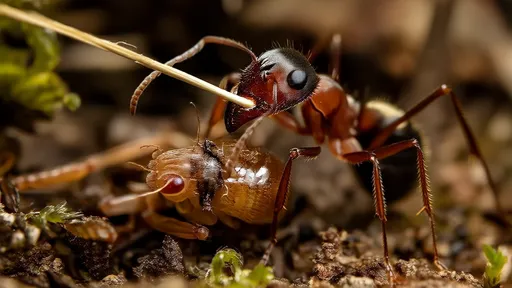
By /Jul 29, 2025
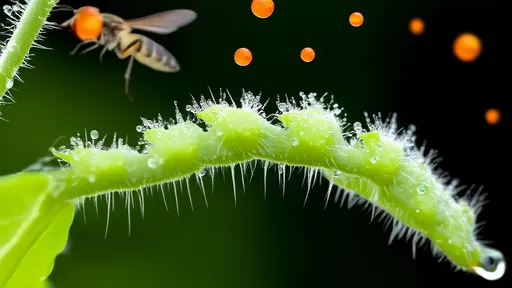
By /Jul 29, 2025

By /Jul 29, 2025

By /Jul 29, 2025

By /Jul 29, 2025

By /Jul 29, 2025
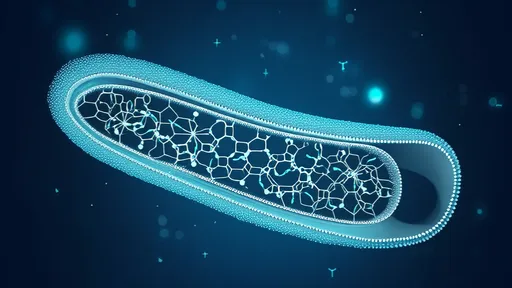
By /Jul 29, 2025

By /Jul 29, 2025
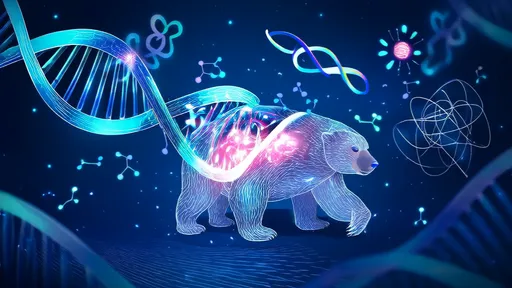
By /Jul 29, 2025
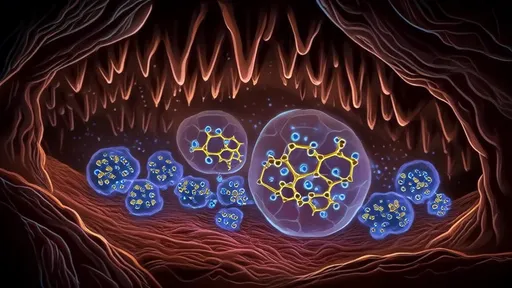
By /Jul 29, 2025

By /Jul 29, 2025
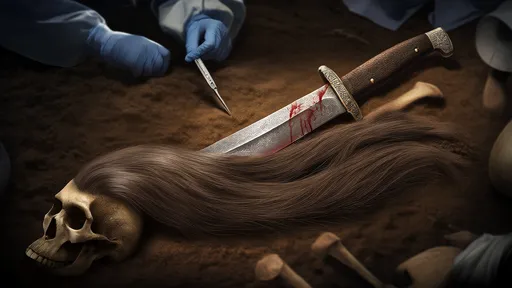
By /Jul 29, 2025

By /Jul 29, 2025